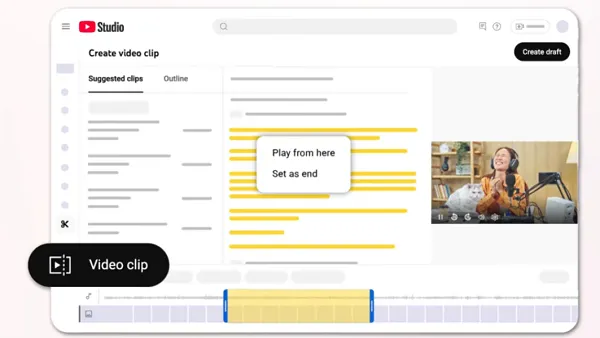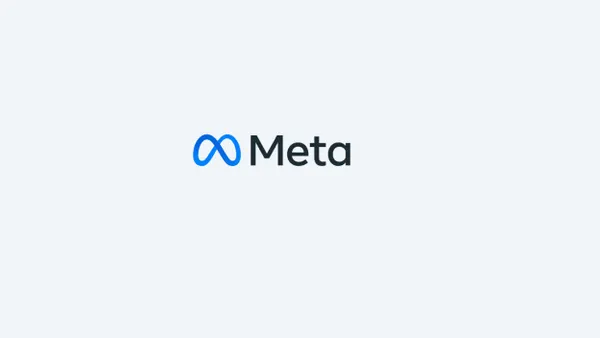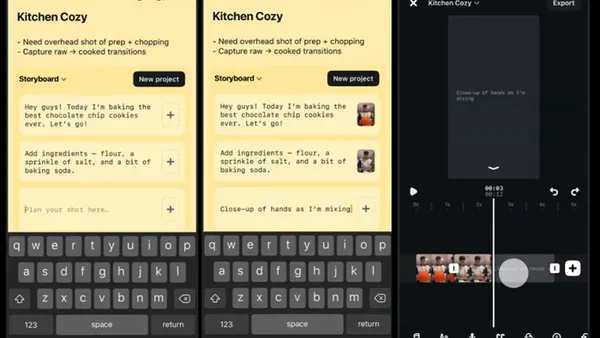Give away something for nothing and people will say "yes please." Give away something for almost nothing and people will say "what's the catch." By nature, people do not want to do a whole lot to get something especially if the activity will step outside the bounds of their normal daily routine.
A month ago I had the privilege of helping Funjet Vacations execute a Social Media giveaway. Some of you will probably remember me badgering you to go outside and make Snow Angels. If not, the premise behind the contest was simple - Funjet was giving away 10 all inclusive 4 night/5 day air and hotel trips for 2. All people had to do was go outside, make a snow angel, take a picture of it and post it to a special contest page. If they did that they were entered... pretty simple right?
Not really. In fact, it seemed extraordinarily difficult to get people to participate at all.
We decided at the onset of the contest to post the photos we received as soon as we could get them approved. The thought was two-fold: 1) People could use others photos as inspiration and motivation to do their own. 2) People could see how many participants there are and gage their odds of winning.
We blasted out messages, posts and updates for 5 days on the Funjet Facebook and Twitter accounts along with several of us using our personal accounts to do the same.
Our network reach on Facebook was roughly 2400 people with a multiplier of 160. (Multiplier = average number of followers owned by the original 2400 person network.)
On Twitter it was 3100 people with a multiplier of 340.
Doing the math... on the 1st level market reach Funjet was at 384,000 individuals for Facebook and 1.05 million for Twitter.
What do you think our total participation was? Wait for it...
313 total submissions over 5 days. Insert record skipping noise here. That's right... a whopping 313. The odds of winning the contest at that participation rate were 1 in 30. Whoa! What happened? Was our messaging too obscure? Did we somehow make Snow Angels to difficult?
Unfortunately it wasn't that simple. Of the people who participated, one reason for not sharing with their networks was they didn't want the competition. They wanted their odds to be as good as possible. This one I understand. I can see keeping the odds in your favor. I get that.
I surveyed some people in my network that didn't participate to find out why, and what I found out baffled me. The main reason I got was that they had to do something to be entered. They weren't just entered for becoming a fan or following Funjet. "It was too hard to enter the drawing."
Really? Lying down in the snow for 5 seconds and flailing was too much to ask for? Taking a picture and uploading it was just too much heavy lifting?
Apparently yes. And, apparently if they weren't going to do it themselves, they weren't going to share it with their own networks and they were just going to ignore the rest of the messages coming though for the duration of the contest. This surprised me... maybe it shouldn't have, but it did. I didn't think asking people to make snow angels for the chance to win 1 of 20 all inclusive trips was too much to ask.
I was a bit disappointed, but on the flip side I learned a lot. It helped me tweak Funjet's engagement and retention strategy to account for future promotions. I learned what type of promotions we should run depending on what is the end goal of the promotion.
Running social promotions are a good thing for your brand to do; you just have to have realistic expectations.
If you are running a promotion to gain additional followers and more brand awareness, use contests that keep people in their daily routine as much as possible. Have a "ReTweet" or a "Hashtag" contest that enters individuals into drawings for something as simple as ReTweeting a message and following you on Twitter or Hashtagging a phrase and tweeting it to be entered.
You can still run participatory contests and promotions. I do believe there is still a place for those types of engagements. If you already have a loyal following, you can use these types of promotions to roll out new products and services. Or perhaps use them to get people to use your products and services on a base level and upgrade in the near future.
Understanding your audience and their participation threshold is vital for planning social media promotions. These contests and promotions can be powerful brand loyalty and advocacy builders if you have realistic goals and expectations.
Tags: Social Media
Link to original post









